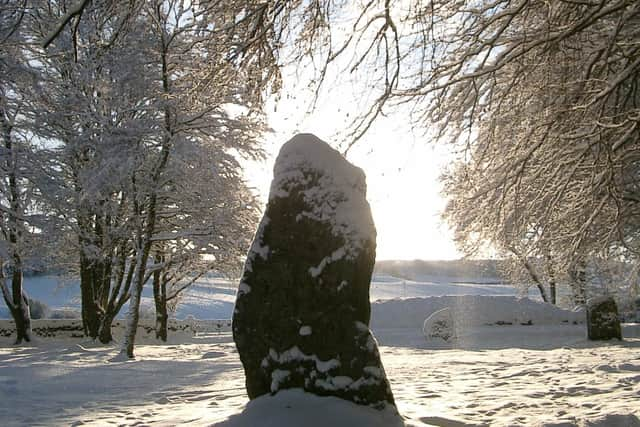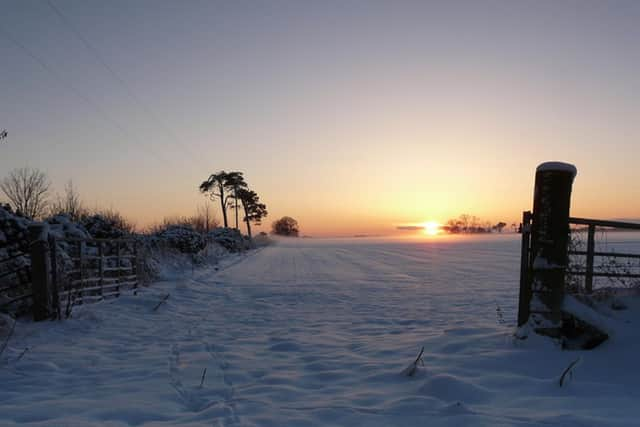Winter Solstice: Traditions in Scotland - when the dark winter gives way to light and hope
In 2023 the winter solstice will occur in the northern hemisphere on Friday, December 22 at 3.27am when the sun appears directly over the Tropic of Capricorn and the tilt towards more daylight begins.
It is well known the turning point of the year has been important for as long as humans were making their monumental mark on the Scottish landscape.
Advertisement
Hide AdAdvertisement
Hide AdIn the advanced Neolithic civilisation in Orkney, Maeshowe Chambered Cairn was built roughly 5,000 years ago, with its south-westerly facing entrance orientated towards the setting sun around midwinter.


As the last rays fall through the entrance passage, the darkness of the tomb is illuminated with a shaft of light falling on the back wall of the awe-inspiring structure.
According to the Orkneyjar.com site of archaeology, history and belief on the islands, theories are plentiful as to the purpose of this exceptional piece of New Stone Age architecture, which was built at a time of great status building and monumental shows of power.
Some believe the entry of the sun to the tomb reflected a belief in the continuance of life of those who had died. Perhaps even the ray of sunlight carried the souls of the dead, or perhaps even brought them home again. Perhaps this feature of Maeshowe was an astronomical marker, a form of calendar to record the changing passage of the year.


For ancient communities whose wellbeing was closely tied to the land, this transition from dark to light was fundamental. For those living in the far north today, where sunlight is particularly scarce in the run up to the Winter Solstice, the same could also be said.
At the Bronze Age cemeteries at Clava Cairns near Inverness, the importance of midwinter to the communities that built this complex of graves graves is clear.
The passages of two cairns are aligned towards the south-west, suggesting they were constructed with the midwinter sunset in mind. The standing stones are graded in height, with the tallest facing the setting sun – perhaps another sign they were set to mark the passage of the solar year.
Antiquarian James Napier, originally from Partick in Glasgow, gave a fantastical account of how the Celtic priests, or druids, marked this time of year in Folklore of Superstitions, Beliefs in the West of Scotland (1879).
Advertisement
Hide AdAdvertisement
Hide AdHe wrote of priests gathering and walking in solemn procession to the forest to search for mistletoe growing on oak trees, with the plant holding near miraculous properties of curing illness, ensuring fertility and protecting against the darkness of witchcraft.
Mr Napier wrote: “When found, the priests ascended the tree and cut down the divine plant with a golden knife, which was secured below upon a line cloth of spotless white. Two white bulls were then conducted to the spot for the occasion and there sacrificed to the sun god.
“The plant was then brought home with shouts of joy, mingled with prayers and hymns, and then followed a general religious feast and afterwards scenes of boisterous merriment.”
Sigurd Towrie, author of Orkneyjar, said writers such as Mr Napier helped to overhype the observance of Winter Solstice through time.
Comments
Want to join the conversation? Please or to comment on this article.
